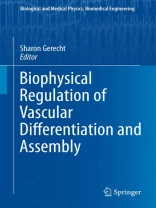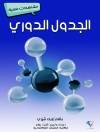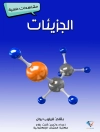Because of their ability to differentiate and develop into functional vasculature, stem cells hold tremendous promise for therapeutic applications. However, the scientific understanding and the ability to engineer these cellular systems is still in its early stages, and must advance significantly for the therapeutic potential of stem cells to be realized. Stem cell differentiation and function are exquisitely tuned by their microenvironment. This book will provide a unique perspective of how different aspect of the vasculature microenvironment regulates differentiation and assembly. Recent efforts to exploits modern engineering techniques to study and manipulate various biophysical cues will be described including: oxygen tension during adult and embryonic vasculogenesis (Semenza and Zandstra), extracellular matrix during tube morphogenesis and angiogenesis (Wirtz, Davis, Ingber), surface topography and modification (Chen and Gerecht), shear stress and cyclic strain effect on vascular assembly and maturation (Vunjak-Novakovic and Niklason), and three dimensional space for angio-andvasculogensis (Ferreria and Fischbach).
Inhaltsverzeichnis
Preface.- Embryonic and Adult Stem Cells in Vasculogenesis and Angiogenesis.- Extracellular Matrix and Matrix Metalloproteinase in Vascular Morphogenesis.- Scaffolding for Three-Dimensional Embryonic Vasculogenesis.- Matrix Viscoelasticity and Remodeling During 3D Vascular Assembly.- Biomechanical Properties of Implanted Scaffolds Affect Human Blood Vessel Formation From Circulating Endothelial Colony Forming Cells.- Oxygen Regulation of Adult Angiogenesis.- Hypoxia During Embryonic Vascular Development and Differentiation.- Three-Dimensional Regulation During Cancerous Angiogenesis.- Microfluidics to Control Shear and Oxygen Flow for Vascular Differentiation.- Cyclic Strain and Surface Shape for Engineered Vasculature Constructs.- Matrix Topography and Viscoelasticity Guide Vascular Assembly.












